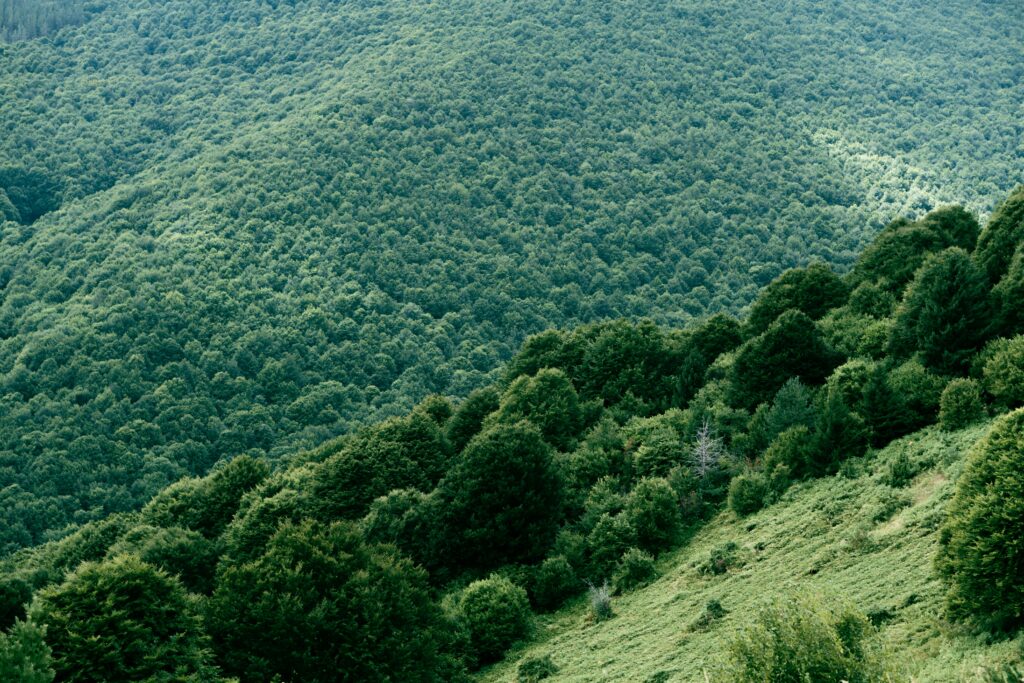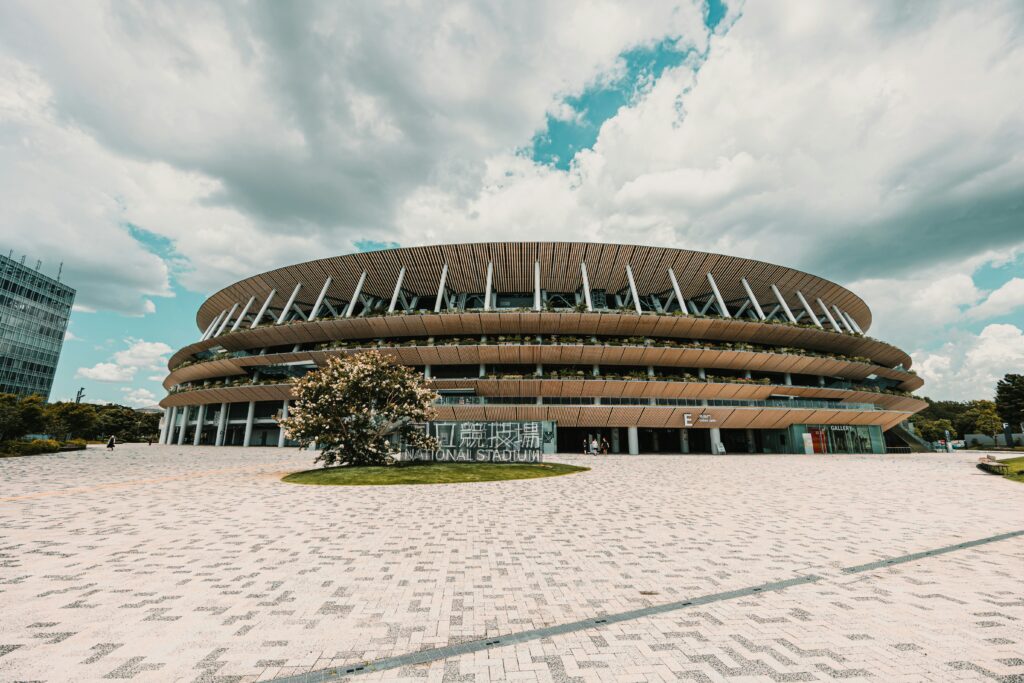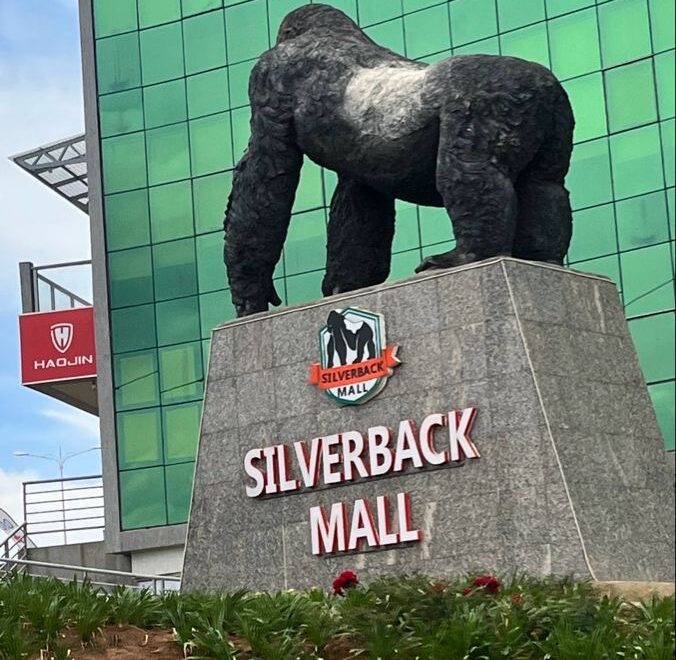- Mount Karisimbi – The highest peak in Rwanda (4,507m), ideal for hiking adventures and panoramic views.
- Twin Lakes of Burera and Ruhondo – Stunning high-altitude lakes near Volcanoes National Park, perfect for boating and birdwatching.
- Lake Muhazi – A peaceful getaway near Kigali, ideal for fishing, kayaking, and lakeside picnics.
- Mount Bisoke – A dormant volcano featuring a beautiful crater lake at its summit.
Kigali: The Beating Heart of Rwanda
Rwanda’s capital is often described as one of Africa’s cleanest and safest cities — and it lives up to its praise. At its core lies a powerful story of resilience and rebirth. A visit to the Kigali Genocide Memorial offers a moving and educational experience, honouring the memory of those lost while celebrating Rwanda’s remarkable journey of unity and healing.
Explore the city’s thriving art scene at the Inema Arts Centre and Niyo Art Gallery, where bold, contemporary Rwandan art bursts with colour and creativity. Wander through the Kigali Cultural Village or Kandt House Museum of Natural History, which beautifully trace Rwanda’s rich heritage.
For shoppers and explorers, the Kimironko Market is a sensory delight — aisles filled with fresh produce, handcrafted baskets, and vibrant kitenge fabrics. Cafés like Question Coffee and Bourbon Coffee serve some of the world’s finest Rwandan blends, while rooftop restaurants and lounges offer sweeping city views and world-class cuisine.
As night falls, Kigali’s nightlife awakens in style. From live bands and open-air bars , to sleek rooftop lounges, the city offers a mix of sophistication and local charm. Whether you’re dancing under the stars, enjoying Afrobeat rhythms, or sipping cocktails with a view, Kigali’s nights are as electric as its days are serene.
Stadiums and Modern Attractions
Rwanda has invested heavily in sports tourism and infrastructure, making stadiums and arenas part of its attraction map — especially in Kigali, which hosts major continental events.
- BK Arena (Kigali Arena) – Africa’s second-largest indoor arena and a world-class facility hosting concerts, basketball tournaments (like the Basketball Africa League), and international events. Its futuristic design and vibrant atmosphere make it a must-see for sports and entertainment enthusiasts.
- Amahoro Stadium – Located in Remera, it’s Rwanda’s national stadium and a historic symbol of peace (“Amahoro” means peace). Currently under renovation to meet international standards, it will host major football and cultural events upon reopening.
These facilities have transformed Kigali into a hub for sports tourism, drawing fans and visitors from across Africa.













